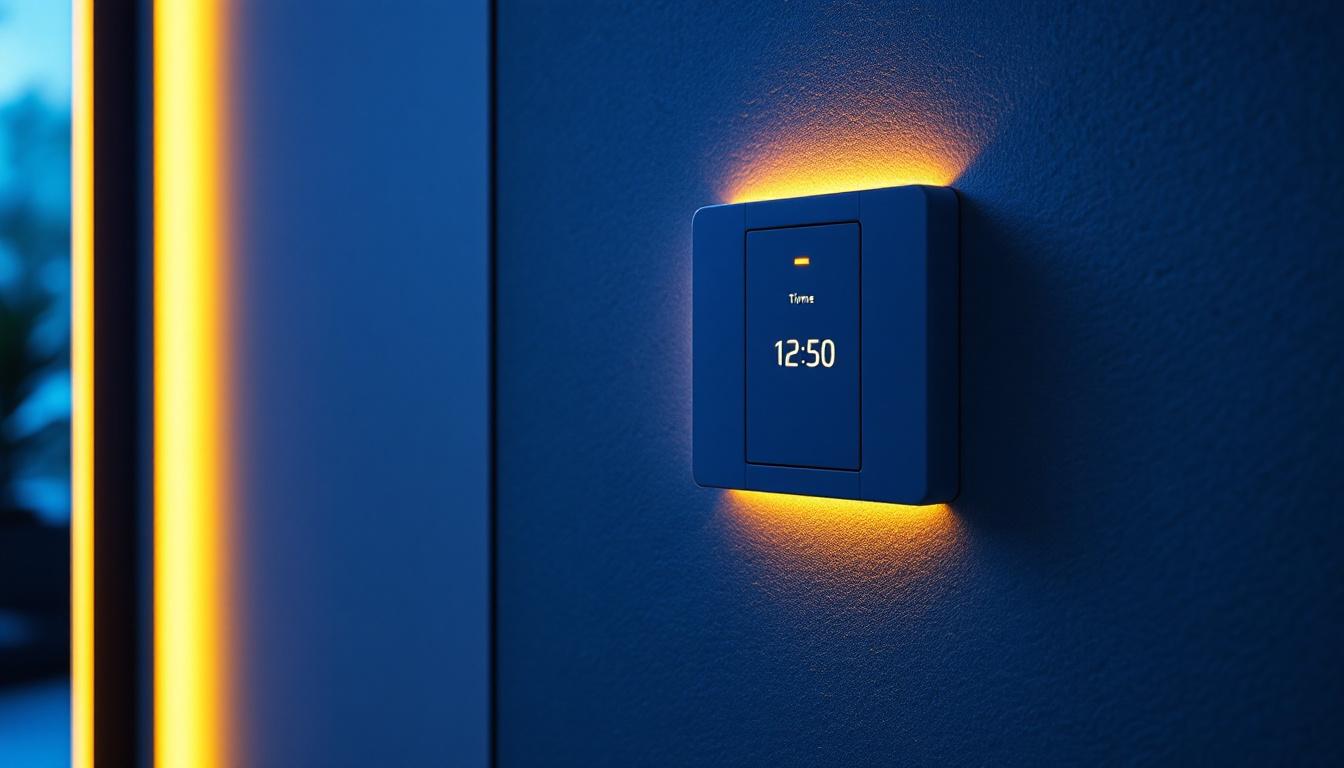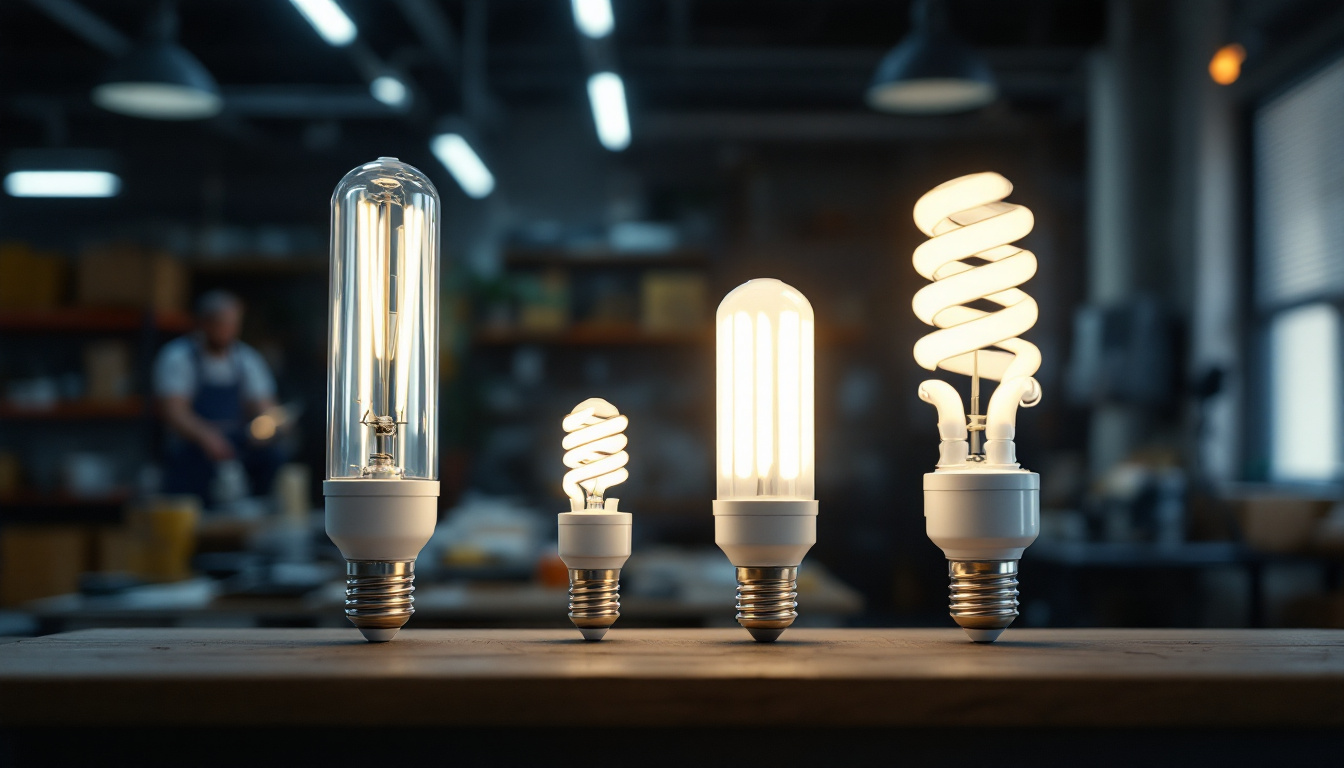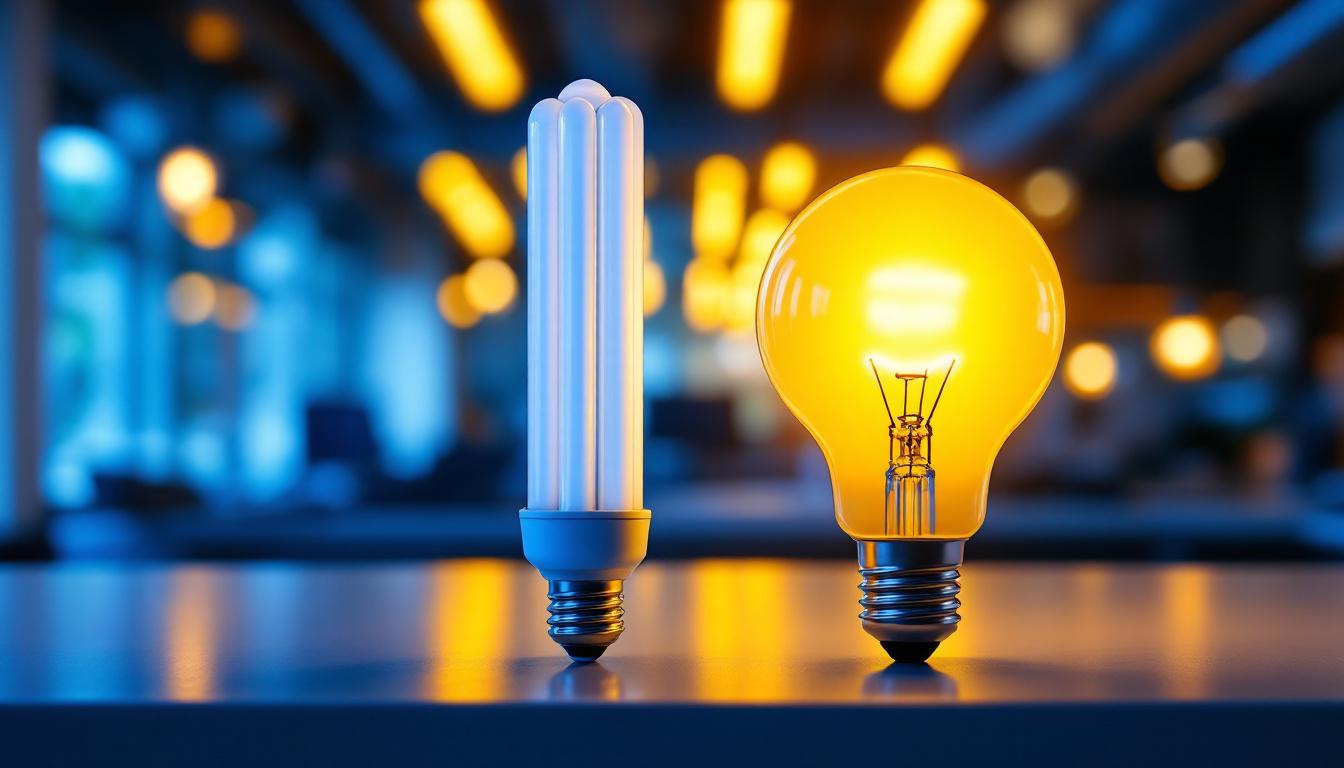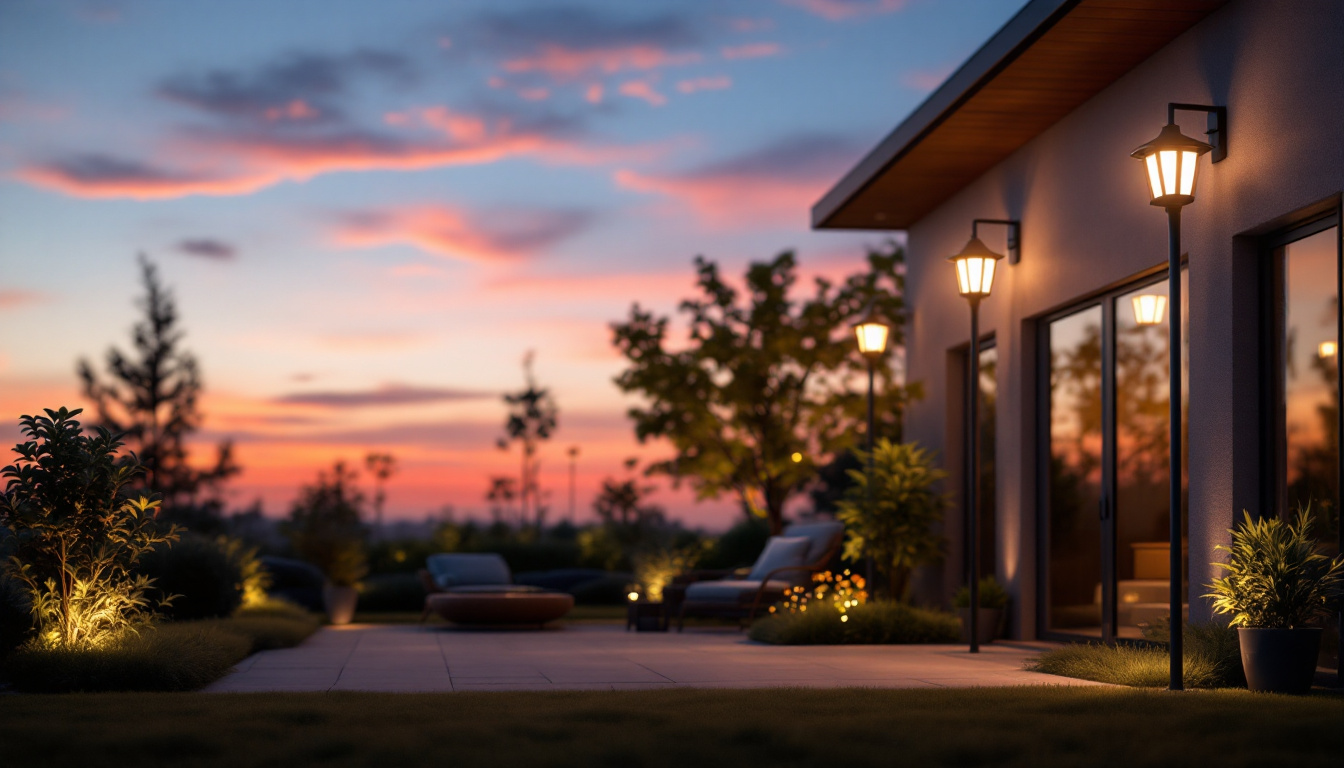
In the world of landscape lighting, low voltage string lighting has emerged as a popular choice for both residential and commercial applications. This article aims to provide lighting contractors with a concise overview of low voltage landscape string lighting, including its benefits, installation considerations, and design tips. Understanding these elements can enhance your service offerings and meet the growing demand for outdoor lighting solutions.
Low voltage landscape string lighting consists of a series of lights connected by a flexible wire, designed to illuminate outdoor spaces efficiently and safely. Typically operating at 12 volts, these systems are powered by a transformer that converts standard line voltage to a lower, safer voltage. This makes them an ideal choice for outdoor environments, where safety and energy efficiency are paramount. The soft glow emitted by these lights not only enhances the beauty of landscapes but also creates a warm and inviting atmosphere for gatherings and events.
In addition to their aesthetic appeal, low voltage landscape string lights are increasingly popular for their adaptability to various outdoor settings. Whether you are looking to highlight a garden pathway, accentuate architectural features, or create a cozy ambiance for outdoor dining, these lights can be easily integrated into any design scheme. Furthermore, many modern low voltage systems are equipped with smart technology, allowing users to control brightness and color from their smartphones, making it easier than ever to set the perfect mood for any occasion.
Understanding the components of a low voltage string lighting system is crucial for effective installation. The main components include:
Additionally, many lighting fixtures come with adjustable features, such as dimmers or color-changing capabilities, which can further enhance the versatility of your outdoor lighting design. The ability to customize the intensity and hue of the lights means that you can easily transition from a bright, festive atmosphere for a party to a softer, more romantic setting for an intimate dinner. This adaptability is one of the key reasons homeowners and landscape designers alike are turning to low voltage string lighting as a go-to solution for outdoor illumination.
Low voltage string lighting offers numerous advantages, making it an attractive option for both contractors and clients:
Moreover, the installation process for low voltage string lighting is generally straightforward, often requiring minimal tools and expertise. This ease of installation means that homeowners can take on the project themselves or hire a professional without incurring significant costs. Additionally, many low voltage systems are designed to be modular, allowing for easy expansion or reconfiguration as landscaping evolves or as new lighting needs arise. This adaptability not only enhances the functionality of outdoor spaces but also ensures that the lighting remains relevant and effective over time.
Installing low voltage landscape string lighting requires careful planning and execution. Here are some key considerations to keep in mind:
Before installation, it is essential to plan the layout of the lighting system. Consider the following factors:
Additionally, think about the seasonal changes in your landscape. For instance, deciduous trees will have different lighting needs in summer compared to winter when they are bare. Incorporating seasonal variations into your planning will enhance the visual appeal throughout the year. Furthermore, consider how the lighting will interact with other landscape features such as water elements, sculptures, or architectural structures, as these can create interesting focal points when illuminated correctly.
Selecting the appropriate transformer is crucial for the performance of the lighting system. Consider the following:
In addition to wattage and type, consider the transformer’s location. It should be placed in a dry, accessible area for easy maintenance and adjustments. If the transformer is located far from the lighting fixtures, you may need to factor in voltage drop, which can affect the brightness of the lights. Using a higher gauge wire can help minimize this issue. Moreover, some transformers come with built-in timers or smart technology, allowing for automated control of the lighting system, which can enhance energy efficiency and convenience.
Proper installation techniques can significantly impact the longevity and effectiveness of the lighting system:
Moreover, consider the use of cable ties or stakes to secure the cables in place, preventing them from shifting over time. This not only aids in maintaining the aesthetic of your landscape but also minimizes the risk of damage from lawn maintenance activities. It’s also wise to document the installation layout, including the locations of cables and fixtures, which can be invaluable for future troubleshooting or expansion. Lastly, remember to educate clients on the importance of regular maintenance, such as cleaning fixtures and checking connections, to keep the lighting system operating at its best.
Designing an effective low voltage landscape string lighting system requires creativity and an understanding of the space. Here are some tips to enhance your designs:
Layering different types of lighting can create depth and interest in outdoor spaces. Consider combining:
Incorporating the natural features of the landscape into the lighting design can enhance the overall aesthetic. Consider the following:
The choice of bulb and its color temperature can significantly affect the ambiance of an outdoor space. Consider the following:
Regular maintenance is essential to ensure the longevity and performance of low voltage landscape string lighting systems. Here are some tips for maintenance and troubleshooting:
Conducting routine inspections can help identify potential issues before they become significant problems:
Even with regular maintenance, issues may arise. Here are some common problems and their solutions:
Low voltage landscape string lighting presents a versatile and efficient solution for outdoor illumination. By understanding its components, installation techniques, design possibilities, and maintenance requirements, lighting contractors can provide exceptional service and enhance the outdoor experience for their clients. As the demand for outdoor lighting continues to grow, staying informed about the latest trends and technologies in low voltage lighting will position contractors for success in this evolving market.
Whether it’s creating a cozy atmosphere for a backyard gathering or enhancing the safety of a commercial property, low voltage landscape string lighting offers the perfect blend of functionality and aesthetic appeal. Embracing this lighting solution can elevate any outdoor space, making it more inviting and enjoyable for all.
Ready to take your landscape lighting projects to the next level? At LumenWholesale, we provide lighting contractors with the highest quality, spec-grade low voltage landscape string lighting at unbeatable wholesale prices. Say goodbye to local distributor markups and hello to superior lighting products that meet the strictest industry standards. With our hassle-free bulk buying and free shipping, you can trust that you’re getting premium lighting at the best value — all without hidden fees or compromises. Elevate your outdoor lighting designs today and experience the best in wholesale lighting with LumenWholesale.

Discover how an electric switch with a timer can transform your lighting projects by enhancing efficiency, convenience, and energy savings.

Discover the key differences between T12 and T8 bulbs in our comprehensive guide tailored for lighting contractors.

Explore the key differences between T8 and T12 bulbs in this insightful article, and discover how these lighting options are shaping the future of design and installation.

Illuminate your projects with precision using dusk to dawn sensor lights.